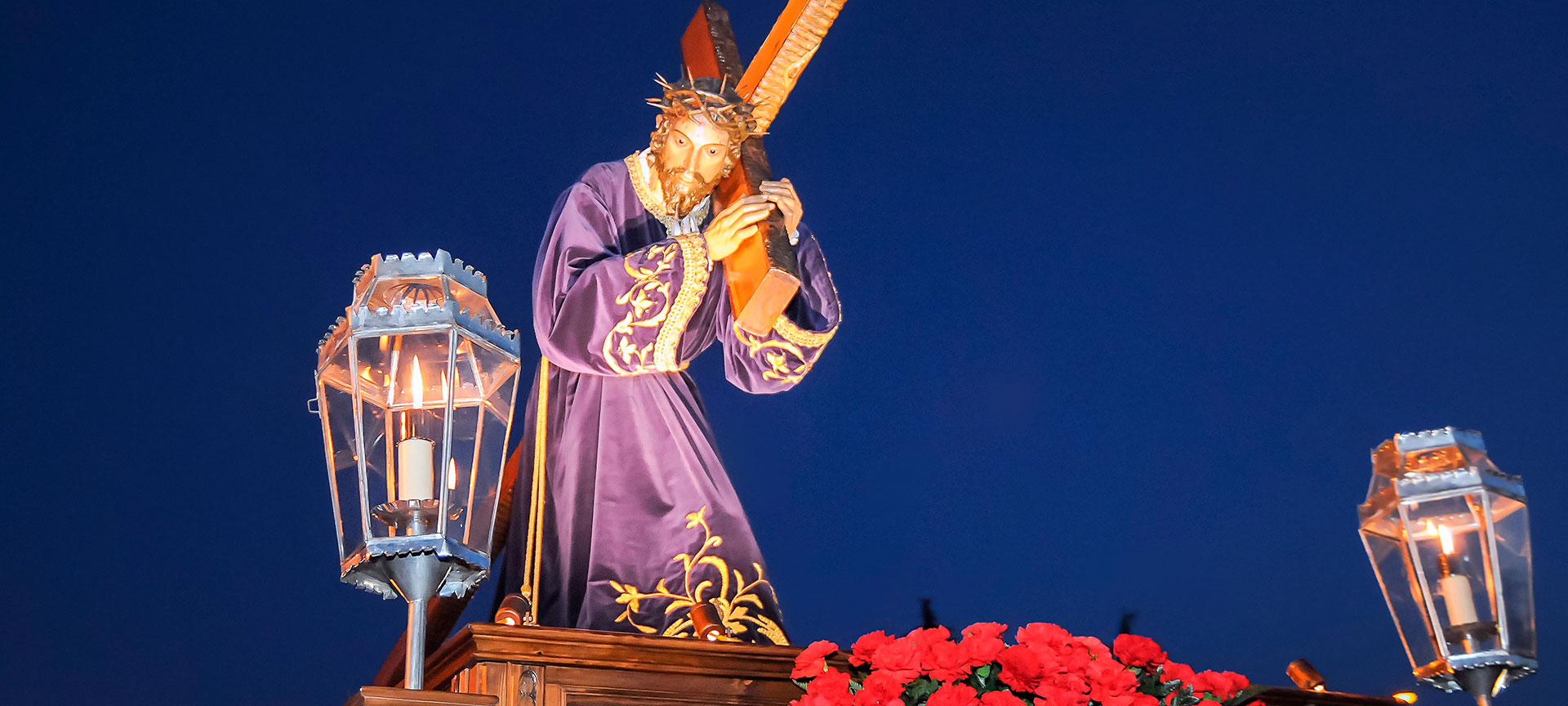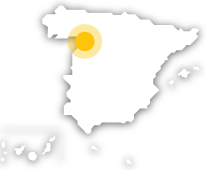
Music plays a special role in these celebrations: Gregorian chant and choral pieces contribute to the splendour of the processions and intensify the feelings of spectators.
The first documentary reference to Zamora’s Easter week celebrations dates from the 13th century. The contrast between its daytime and nocturnal processions is marked: silence and meditation are characteristic of those that parade by night and in the early hours, while music and light define the daytime processions. Some of the processions are all but legendary, such as the Cristo de las Injurias, which takes place on Easter Wednesday. The Jesús Yacente brotherhood have their procession on the night of Maundy Thursday, carrying an impressive 17th century statue of Christ and singing the Miserere after midnight. The Vera Cruz brotherhood, one of Spain’s oldest, also celebrates its procession on this day. Worthy of special mention on Good Friday is the La Congregación Procession, with emotional moments, such as the appearance of the Camino del Calvario statue and the famous reverence paid by the other statues to the Virgen de la Soledad on Tres Cruces Avenue – at this moment enthusiastic applause breaks forth from the crowd. Easter week is one of the most spectacular and emotional fiestas here. Religious devotion, art, colour and music combine in acts to commemorate the death of Jesus Christ: the processions. Members of the different Easter brotherhoods, dressed in their characteristic robes, parade through the streets carrying religious statues (pasos) to the sound of drums and music – scenes of sober beauty.
Debe activar Javascript para poder utilizar este servicio
Easter Week in Zamora
Zamora (Castilla y Leon)
Activa JS
Travel plans for inspiring you


